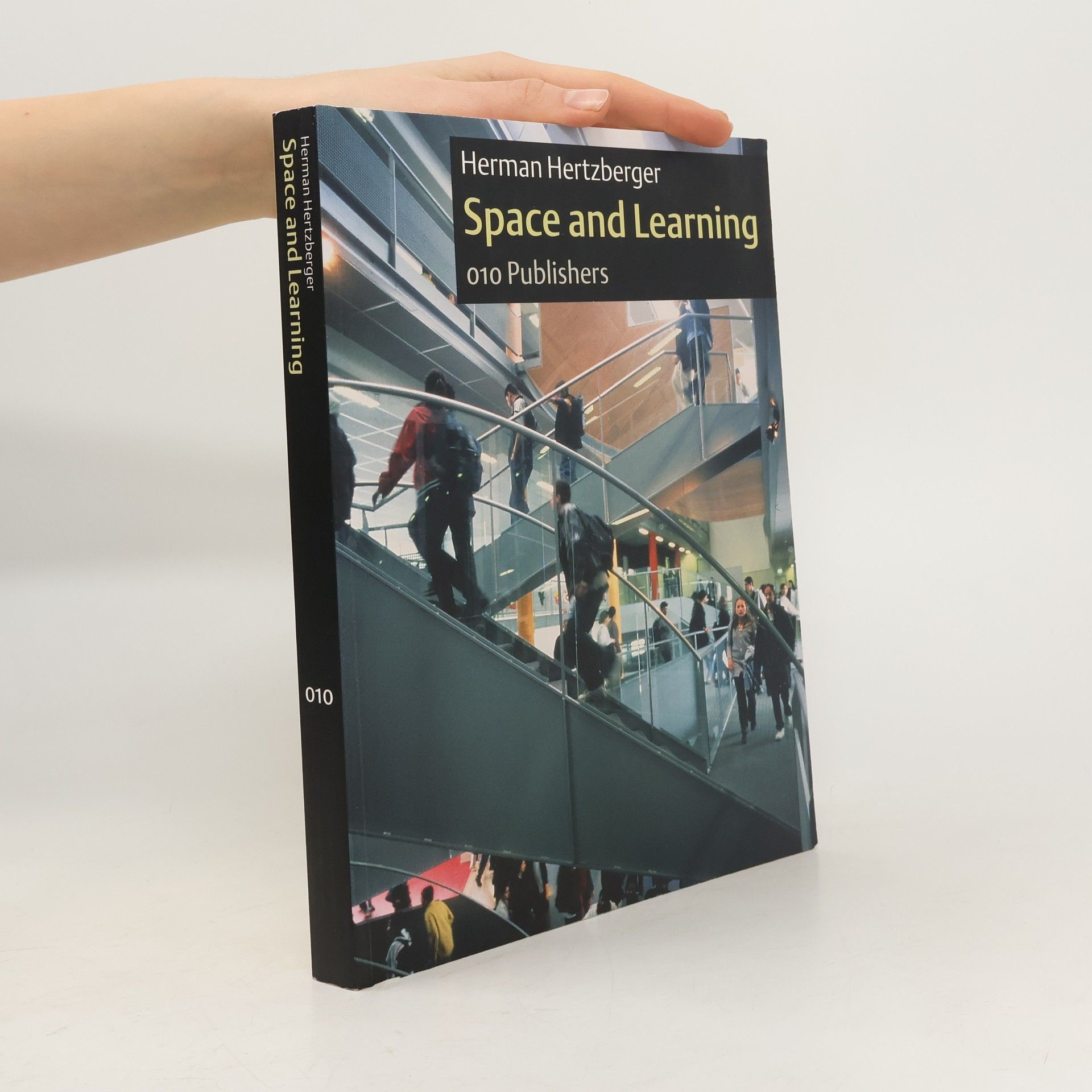Herman Hertzberger Livres







Lessons for Students in Architecture
- 272pages
- 10 heures de lecture
This immensely successful book has gone through many reprints and editions, including Japanese, German, Italian, Chinese, French. Since its first edition in 1991, Hertzberger?s 'Lessons for Students in Architecture' has become a classic for students the world over. In it, the background to his work and the ideas underlying it are put into words by the architect himself. It presents a broad spectrum of subjects and designs, with practical experience and evaluation of the use of these buildings serving as a leitmotif. With more than 750 illustrations, Hertzberger has provided an essential source of inspiration to everyone involved with the design process. 7th ed.
Space and Learning
- 255pages
- 9 heures de lecture
Schools loom large in the built oeuvre of Herman Hertzberger; to date, more than 30 of his designs have been constructed. School design, according to Hertzberger, is one of the few areas in architecture today where designers are still able to define and influence human conditions. In his opinion, school buildings require striking a balance between use, performance and an architecture informed by education. School buildings need re-inventing on each new occasion, particularly given current developments in education which are shifting away from the traditional approach to one more targeted at the individual. Space and Learning brings together Hertzberger's knowledge and ideas in a theoretical study of the spatial conditions of learning, lavishly illustrated throughout with the architect's own work and that of others.
In a career spanning forty years, Herman Hertzberger has focused on creating livable, workable spaces that not only make innovative use of otherwise banal urban landscapes, but also encourage their occupants to recreate these structures to fit their needs. This monograph is the most comprehensive to date of this highly influential Dutch architect, who turns seventy this year. Herman Articulations provides an exhaustive sampling of his buildings and projects, many of which have never been featured in book form, as well as writings and sketches from his notebooks. From schools and housing projects to offices and theaters, Hertzberger’s concern for individuality, utility and sustainability in architecture have earned him an enthusiastic following especially among those interested in urban renewal. In words and pictures, this book offers a fascinating glimpse of Hertzberger’s ideals and creative process, the problems he encounters, and his solutions.
Architecture and Structuralism: The Ordering of Space
- 288pages
- 11 heures de lecture
Architect and architectural author Herman Hertzberger (1932) is internationally recognized for both his built work and his written work. Buildings such as Centraal Beheer in Apeldoorn (1972) and many of Apeldoorn's schools, but also his publications, such as Lessons for Students in Architecture (which has been translated into many languages) have inspired generations of architects and students. In this book, Hertzberger lays down the foundations of his architectural vision. 'This book is an attempt to formulate what structuralism means in architecture, and why that matters. There are many misunderstandings about the concept of structuralism in general, and especially where architecture is concerned. There is also a renewed interest in structuralism. What I see as the real structuralism in architecture is a way of thinking that has far-reaching opportunities for the reuse of buildings, which can give a new impulse to the discussion about sustainability. In addition, the possibility of users having a greater influence has revealed the blueprint for a more democratic architecture. - Herman Hertzberger, Exhibition: The New Institute, Rotterdam, The Netherlands (20.09.2014-January 2015).--Provided by publisher.